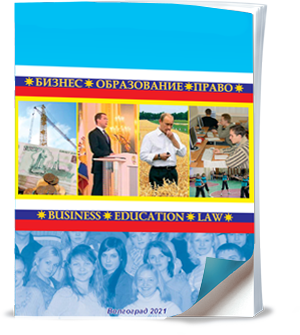| PDF: |
 |
Author(s): |
Bulygina O. V., |
| Number of journal: |
2(71) |
Date: |
June 2025 |
| Annotation: |
The implementation of an innovative project to create a science-intensive product is a long, expensive and highrisk process that requires detailed elaboration of a large number of technical, organizational, resource and other aspects. The success of each stage depends on the “quality” of management decisions, which is significantly affected by information uncertainty caused by the uniqueness of the project activity and the innovative product being created. In most cases, the decision support process consists of selecting one (or more) alternative from a pre-formed set, which is the best according to one or more criteria, taking into account the constraints determined by the specifics of the subject area and defined in the form of a system of equalities and/or inequalities, i.e. it is reduced to a conditional optimization task. The article defines a list of structural and parametric optimization tasks for each stage of an innovative project to create science-intensive products, and also carries out their mathematical formalization. Due to the absence of the requirement to find a “strictly” optimal solution, it is proposed to use metaheuristic methods based on the population approach, when several alternatives are investigated simultaneously. In particular bioinspired algorithms that simulate the behavior of colonies of living organisms (bees, bacteria, wolves, cuckoos, fish, and worms) were selected. They allow finding solutions close to optimal even in tasks characterized by nonlinearity of target functions, large dimensionality, and lack of high-quality information about the space of available solutions. Taking into account the specifics of the conceptual and mathematical formulations of the optimization tasks, recommendations were developed for the selection of specific bioinspired algorithms for their solution. |
| Keywords: |
science-intensive products, innovative project,
multi-project, conditional optimization, structural and para-
metric synthesis, heuristics, metaheuristics, bio-inspired algo-
rithms, swarm intelligence, NON-factors |
| For citation: |
Bulygina O.V. Using bio-inspired metaheuristics to solve optimization tasks in the process of innovative project
implementation. Biznes. Obrazovanie. Pravo = Business. Education. Law. 2025;2(71):75—81. DOI: 10.25683/VOLBI.2025.71.1273. |

